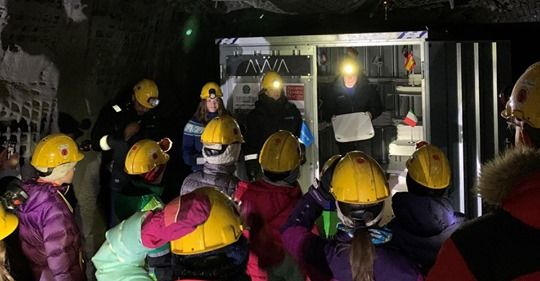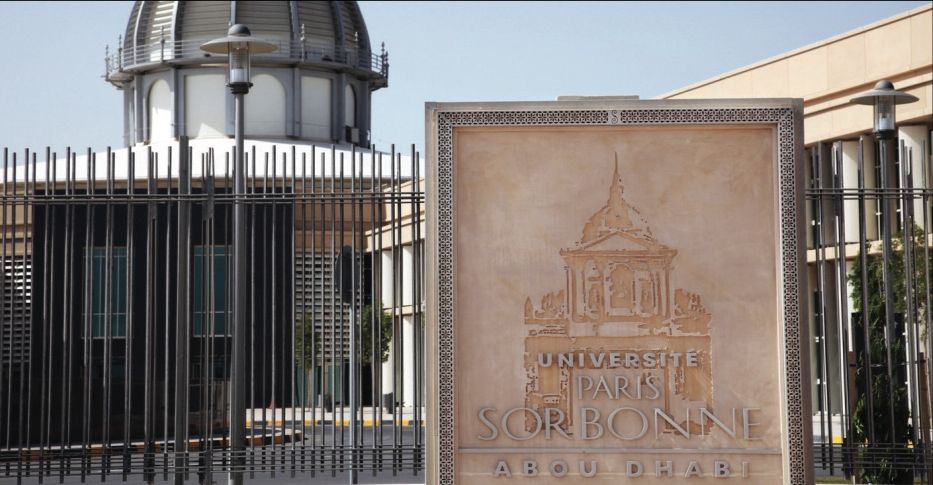UNICEF combines technologies to safeguard the Rights of the Child

Established in 1946, the United Nations International Children’s Emergency Fund (UNICEF) is a United Nations agency responsible for providing humanitarian and developmental aid to children around the world. UNICEF works in over 190 countries and territories to save children’s lives, to defend their rights, and to help them fulfil their potential, from early childhood through adolescence.
CHALLENGE
UNICEF wanted to protect the document they believe is one of the most important in the world and ensure it is never lost. Aware of the short lifespan of most digital storage media they wanted something durable and
long lasting, that would protect the document and ensure its survival for future generations.
As part of the 30-year anniversary of the signing of the convention, and for World Children’s Day, UNICEF began a campaign centred on how the rights of children are in our DNA as people. The idea to store the document digitally in DNA was an exciting way to complement the campaign, celebrating the anniversary and promoting the importance of children’s rights.
DNA is an emerging technology that is still in development. It offers great benefits in terms of durability and capacity, however as a developing technology, reading back the information can be
complicated and require significant computer processing power.
In addition to the technology capable of eternal storage, UNICEF wanted to a safe place where the document would be cared for.
Most documents, photos, videos and other data are stored digitally, including the CRC. The problem with digital storage is that the technology quickly becomes outdated; floppy disks, CDs and even USB-sticks are examples of this. Today, we store most of our digital data in “the cloud”. Despite the name, this means that we rely on physical hard drives vulnerable to power outages, hacking, war and natural disasters.
SOLUTION
UNICEF chose to store the document in the Arctic World Archive (AWA) as a contribution to the growing collection of world memory.
In addition to storing the data on DNA, UNICEF also chose to store the information on piqlFilm, offering guaranteed readback, irrespective of how long the data is stored for. piqlFilm provides all relevant file format specifications and decoding software in human readable format to enable manual data recovery. The combination of these two storage mediums provides great assurance that the file will survive and be accessible well into the future.
The Rights of the Child, will rest alongside constitutional documents from a range of nations, cultural heritage treasures and contemporary memories.
The Arctic World Archive is not only secure, but also holding a collection of highly important information and cultural heritage. What better place to store what we view as the world’s most important document than here?
– UNICEF Norway’s Executive director, Camilla Viken
FUTURE
UNICEF have invited the public to sign a petition of support for the Rights of the child, which will also be stored on piqlFilm alongside the document.


